10 Landscaping Fads That Make No Sense in Real Life
Some landscaping trends look great in magazines or on Pinterest but fall apart once you try them in your own yard. They either take too much maintenance, don’t work with your climate, or leave you with a space that’s more frustrating than functional.
If you’ve ever tried to copy something trendy and ended up regretting it, you’re not alone. Here are some of the most talked-about landscaping fads that just don’t hold up in real life.
Artificial Turf Lawns
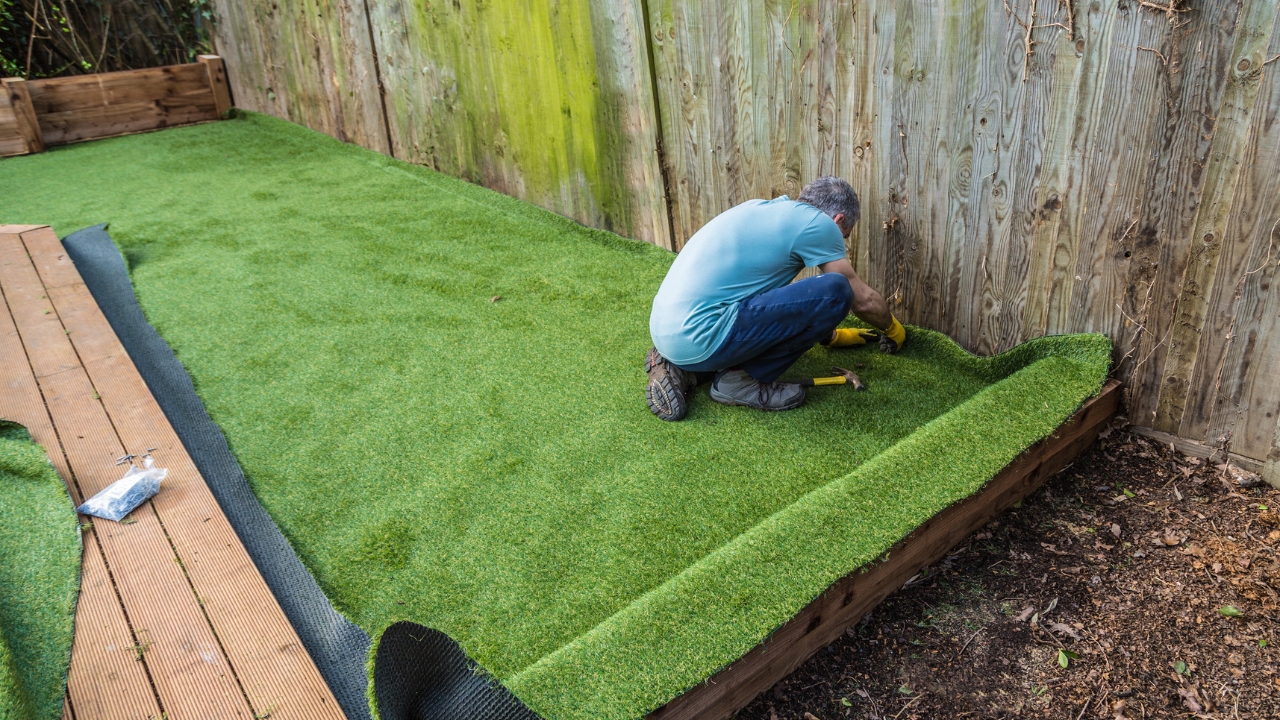
It sounds good—no mowing, always green—but fake grass can be a hot mess. Literally. It gets scorching in the sun, doesn’t absorb water, and breaks down over time. Plus, it doesn’t provide any of the environmental benefits of a real lawn or native groundcover. Once the seams start showing or it fades in spots, the illusion’s gone.
Gravel Overload
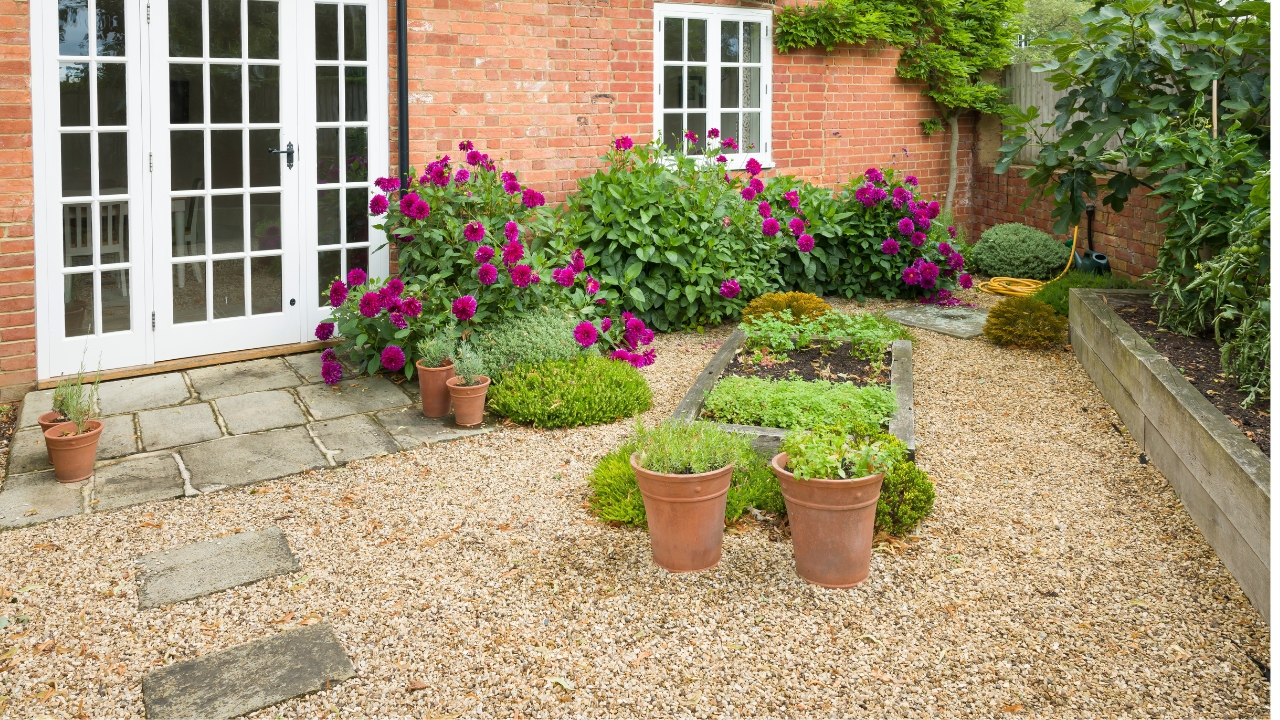
Gravel has its place, but covering your entire yard with it in the name of “low maintenance” usually backfires. Weeds still grow through it, it gets scattered onto walkways, and cleaning debris out of it is a pain. It also reflects heat, which isn’t great if you live somewhere warm. A few defined gravel areas are fine—but using it everywhere rarely works out.
Turfgrass Between Pavers
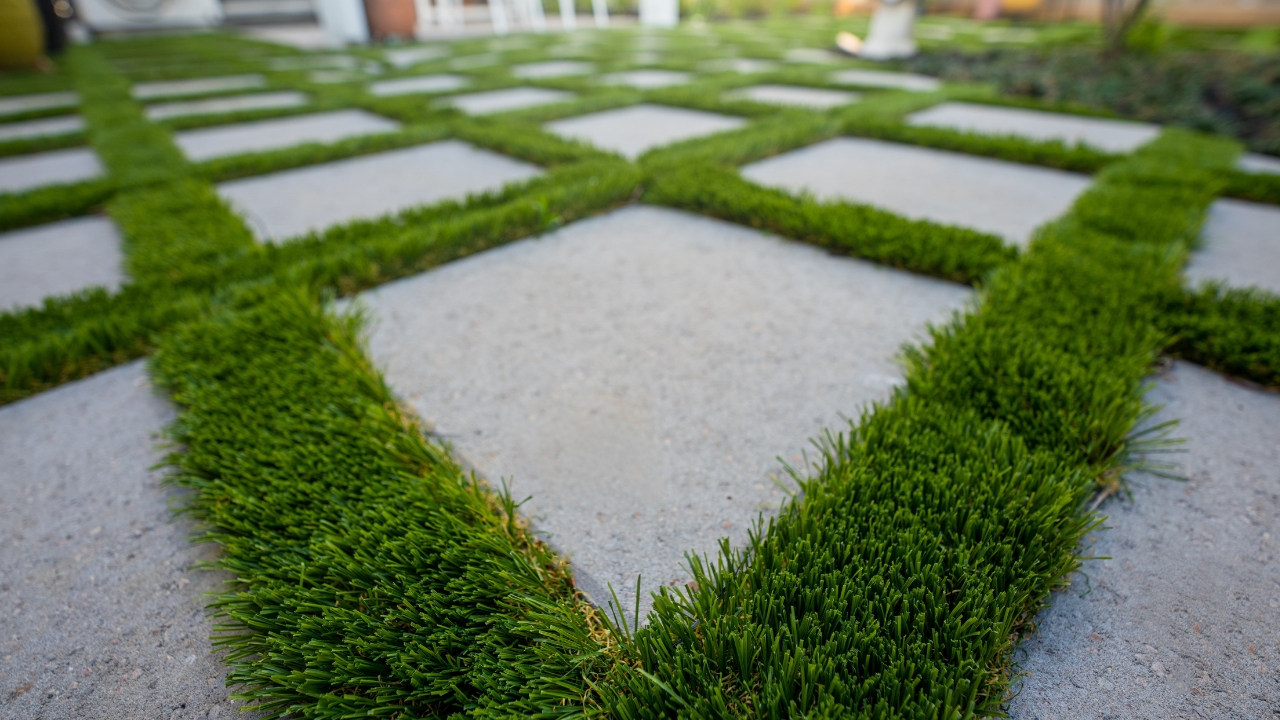
Those Pinterest-perfect paths with turf growing between pavers are basically maintenance traps. Grass doesn’t thrive in narrow strips, and keeping it trimmed without killing it takes time and patience. You end up hand-clipping or digging out dead patches more than enjoying the look. If you want something in between, moss or creeping groundcovers hold up better.
Oversized Planters with One Plant

One big pot with a tiny plant in the middle might look “modern,” but in real life, it just looks underwhelming—and wastes space. The proportions are off, and the rest of the container ends up filled with dirt you don’t need. You’re better off using that space to mix in a few complementary plants that actually fill the pot.
Living Walls in Full Sun
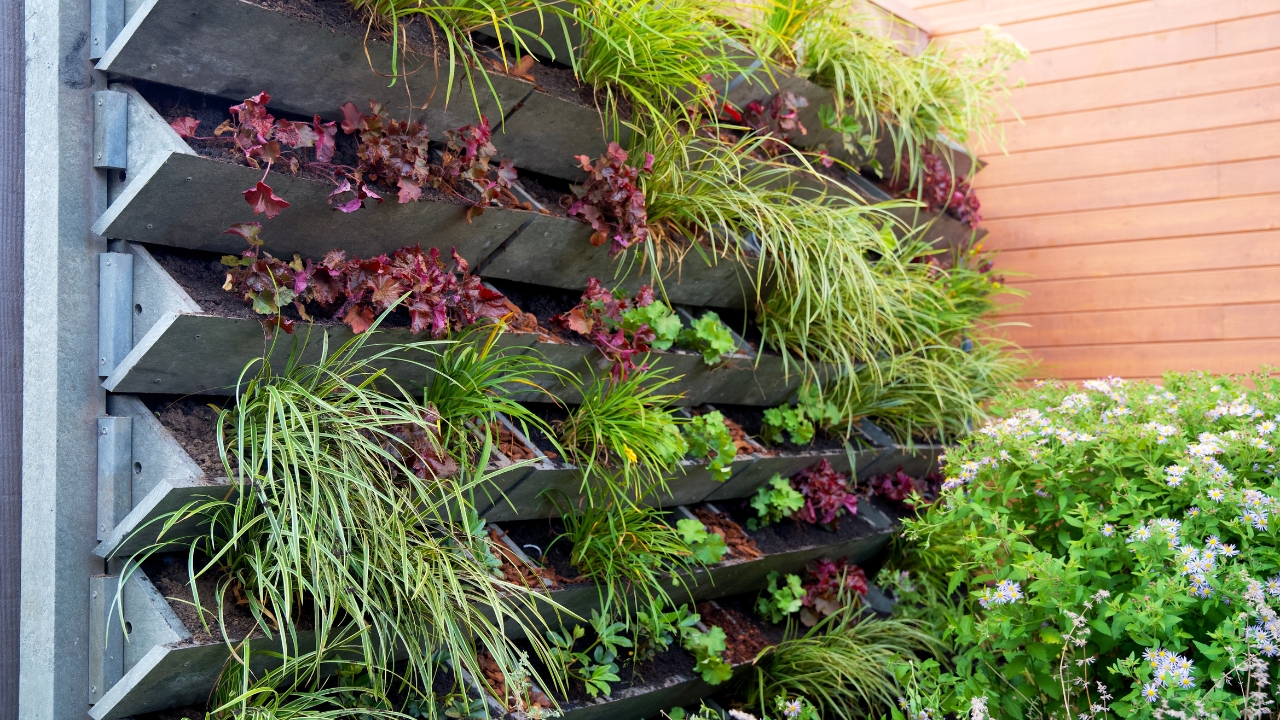
Vertical gardens can be great, but they’re not magic. When you slap one on a sun-blasted wall and expect it to stay green and lush, it usually ends in crispy disappointment. Most living walls need irrigation, shade, and constant attention. If you’re not up for the work, it’s better to go with climbing vines or trellised plants that are built to handle the sun.
Black Mulch Everything

Black mulch can make plants pop in photos, but it fades fast in real life. After a few weeks of sun, it turns dull gray and looks tired. Plus, the dyed versions can leach chemicals into the soil, which isn’t great for plants. Natural brown mulch or pine straw lasts longer and keeps the focus where it should be—on your plants.
Perfect Symmetry

Mirroring every shrub, flower, and planter on both sides of your walkway might look tidy at first, but it gets boring fast. Real landscapes thrive on variation. Perfect symmetry is hard to maintain, and once one side starts to outgrow the other, it throws off the whole effect. Asymmetrical layouts usually feel more relaxed and age better over time.
Elaborate Water Features in Small Yards

A big fountain or pond in a tiny yard sounds luxurious, but most of the time it ends up feeling out of place. It dominates the space, takes constant maintenance, and can turn into a mosquito breeding ground if it’s not running properly. If your space is limited, a smaller bubbling rock or birdbath is a better fit.
Brightly Painted Outdoor Furniture

Neon-colored Adirondack chairs might make a backyard photo pop, but they fade fast, peel in the sun, and clash with natural surroundings. What’s fun for a summer party doesn’t always age well. If you want color, try it with pillows or planters instead—things that are easy to swap out when they wear down.
Grass Lawns in Desert Climates
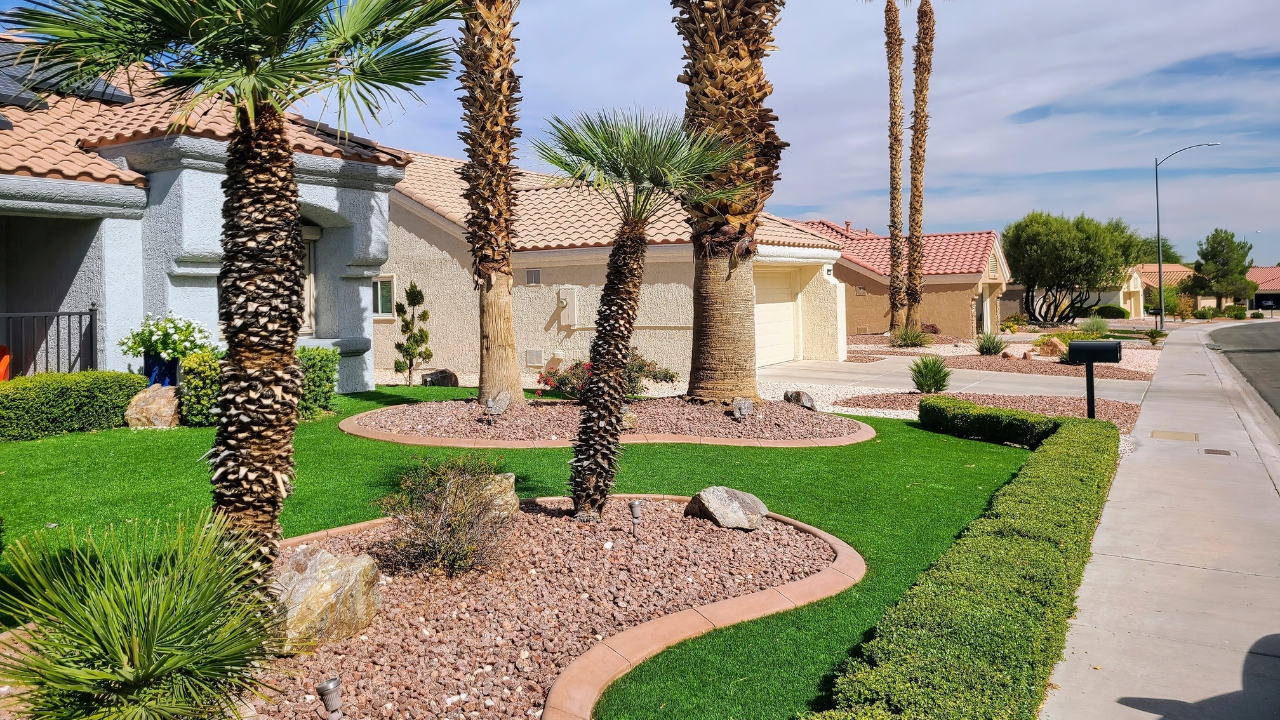
Trying to grow a lush green lawn in the middle of a desert is one of the most frustrating landscaping habits that still hangs around. It guzzles water, struggles in the heat, and often looks patchy no matter how much effort you put in. Native grasses, gravel with drought-tolerant plants, or even artificial turf in limited areas make way more sense.
*This article was developed with AI-powered tools and has been carefully reviewed by our editors.







